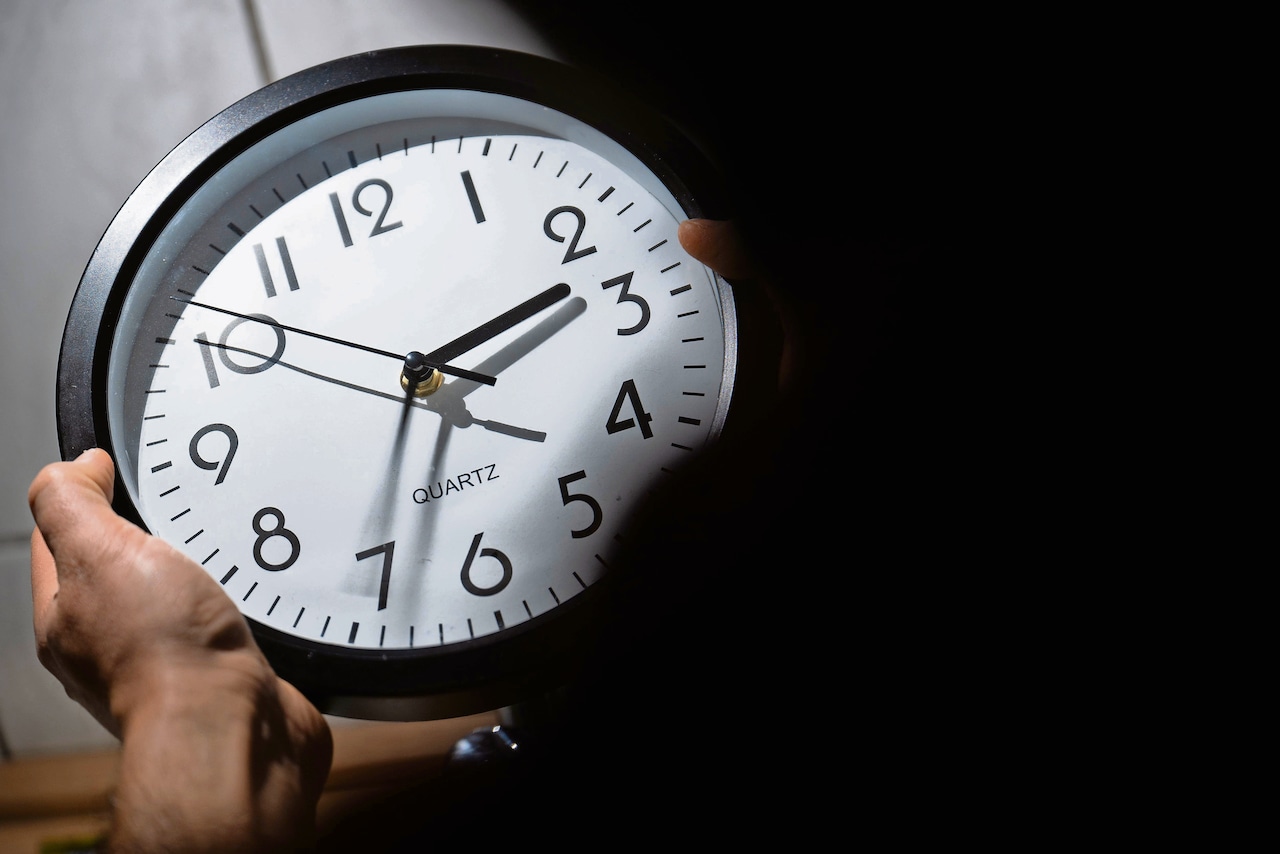STATEN ISLAND, N.Y. — There’s a chill in the air and fall colors surround us, so we all know what comes next.
Shorter days and darker evenings: Daylight Saving Time comes to an end in 2024 just as we greet November.
We officially return to standard time on Sunday, Nov. 3, at 2 a.m., so on Saturday night, Nov. 2, we’ll be asked to set our clocks back one hour — if they don’t reset themselves — as we “fall back” into standard time until spring 2025.
The morning will greet us earlier, at 6:29 a.m., on Nov. 3, bringing us daylight about an hour earlier than the day before.
The earlier sunrise will help us out if we take like to take early walks or commute early in the day.
But we’ll be greeted by darkness sooner that evening.
And on Saturday, Dec. 21, at 4:19 a.m., the winter solstice will mark the end of fall and beginning of winter, and from that day on, the hours of sunlight in the days will increase. It’ll continue to do so until the summer solstice on Friday, June 20, 2025, at 10:41 p.m.
Daylight will get some help on March 9, 2025, when we “spring forward” again,’ seemingly granting us one more hour of daylight in the evening hours — just when most of us want to enjoy outdoor activities in daylight.
Benjamin Franklin is the one credited with suggesting the concept as a way to save resources by making use of daylight. His satirical essay in 1784, entitled “An Economical Project,” raised the idea of saving money and resources by making good use of daylight.
In the United States, Daylight Saving Time was established in 1918, when Congress passed the Standard Time Act, establishing the time zones.
Yet, not all states participate. Two states — Arizona, with the exception of the Navajo Nation, and Hawaii — do not observe Daylight Saving Time.
In addition, some overseas territories, such as Guam, Puerto Rico, the American Samoa and the U.S. Virgin Islands, do not change their clocks at all, remaining in Standard Time year round, according…
Read the full article here

Leave a Reply